Case study
Unpredictability as a key objective
How the More Optimal platform supports P1 in the optimal execution of parking management for the city of Amsterdam.Parking increasingly entails paying for temporarily storing our cars. Q-Park Netherlands is becoming the go-to provider for ensuring a seamless parking experience. With over 140 locations across the Netherlands, Q-Park manages a growing number of parking garages. Additionally, P1 (a part of Q-Park Netherlands) is often taking on the contractual responsibility for municipalities regarding their street parking handling. P1 handles tasks ranging from monitoring with scan cars to issuing citations for improper parking, as well as managing parking permits and handling appeals. As of January 1, 2024, P1 is in charge of street parking services in Amsterdam.
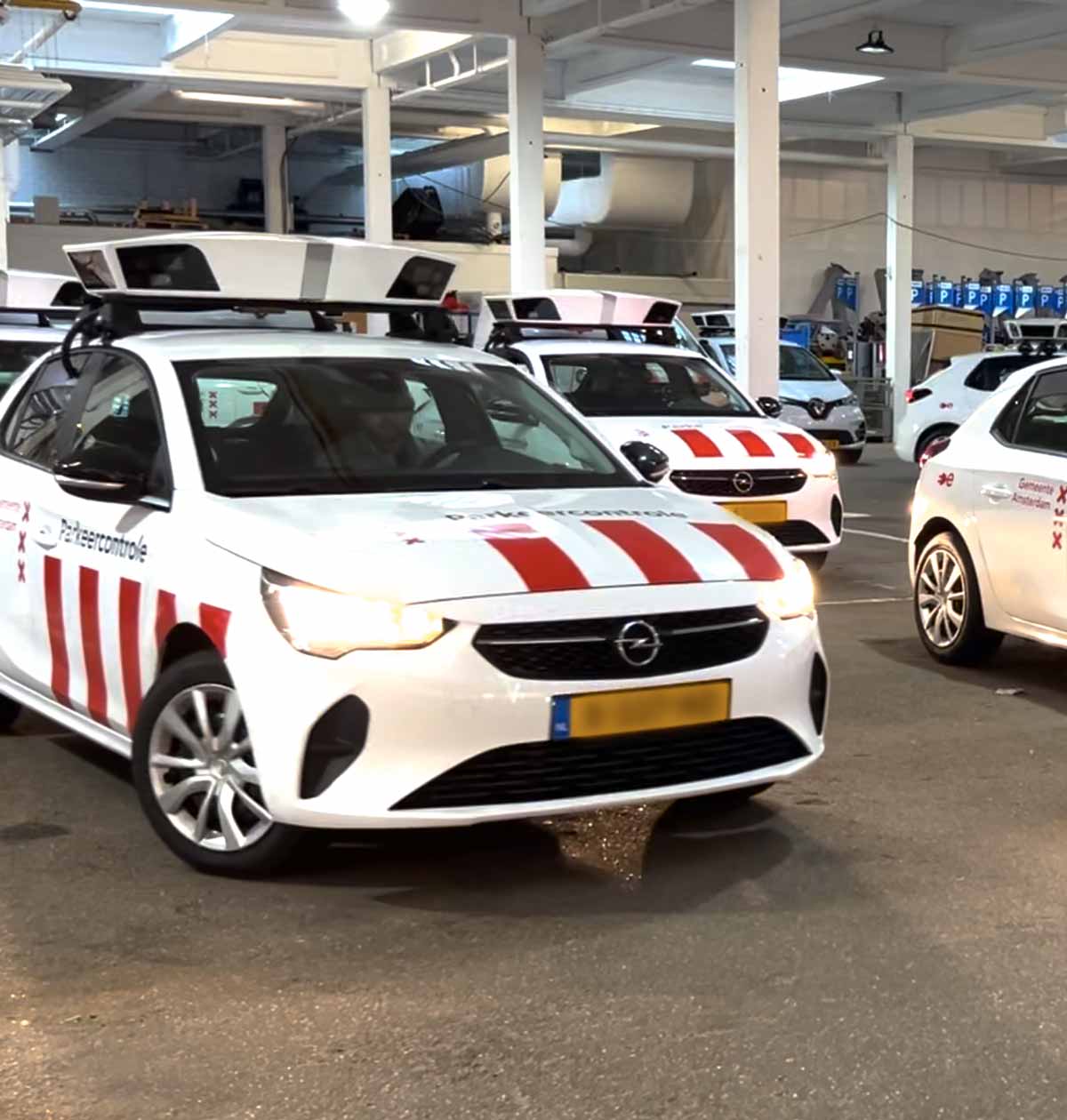
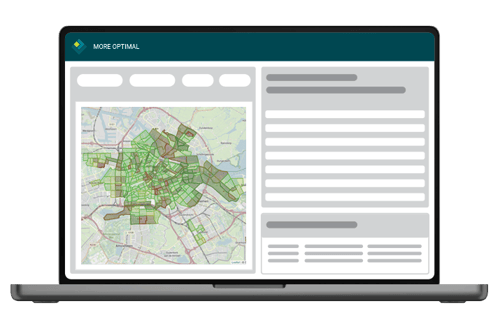
The challenge
The process of scanning the 500+ neighborhoods and districts of the city of Amsterdam involves much more than just randomly driving around with scan cars. Bart Bockhoudt, project manager at P1 and responsible for delivering the service within time and budget, explains:
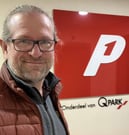
"The planning puzzle we had to solve was indeed complex. The KPI regarding the likeliness to be scanned when not paying for parking services posed a significant challenge for P1. Manually generated scan routes were no longer viable for P1 and Amsterdam. More Optimal quickly grasped this issue and made it through the platform available for P1 enforcement staff. With the implementation under time pressure, there was no room for setbacks, putting significant pressure on me as the project manager. Looking back, I must commend the smooth progression of this project. Rarely have I experienced an IT project that was as enjoyable and where the urgency and challenges were truly understood."
500+
neighborhoods
150.000
parking lots
5
weeks implementation time
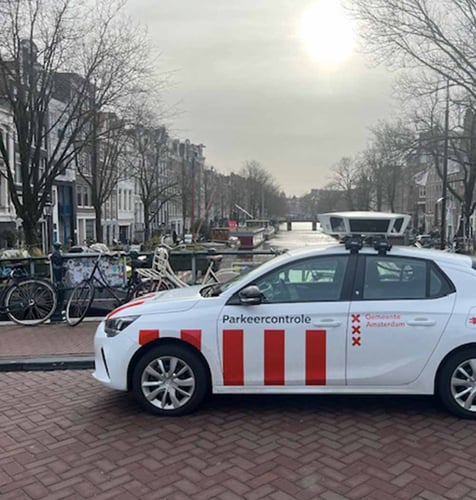
How did the planning process take place before the implementation of More Optimal?
The number of variables that planners at P1 had to consider for achieving an optimal plan became too overwhelming in a manual process. Hence, it was imperative to replace the outdated approach with a robust and future-proof solution. This not only enables the processing of all variables in a plan but also prepares for upcoming area expansions.
In the new setup, we leverage the algorithms in More Optimal to collaborate with the planner. This synergy allows for the quick generation of a solid yet adaptable plan and route for the scanning vehicles within a short timeframe.
How does More Optimal reflect on this project?
Anko van Kreij, founder and CTO of More Optimal, looks back positively on the collaboration.
"Similar to many other logistical and planning challenges we tackle, this planning dilemma comes with a set of very specific objectives. While we are accustomed to minimizing the number of kilometers in a transportation network or reducing setup time in a production environment, the exciting and challenging aspect of the goals in this case is how they differ from the norm. An intriguing example is the element of unpredictability - here, you actually want to be unpredictable, contrary to our usual approach. Additionally, historical data plays a crucial role; for instance, if there is a decline in payment willingness in a particular area, adjusting the frequency of scan-checks quickly becomes essential."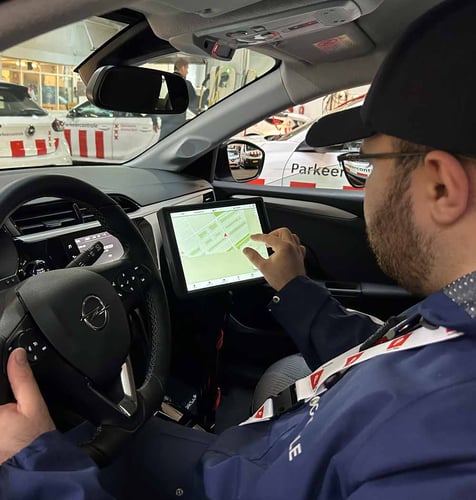
Why does the More Optimal platform fit so well in this scenario?
More Optimal not only assigns routes but also schedules employees and tasks to be completed. We also consider the variety of tasks to ensure that work satisfaction is not overlooked.
Team leads within P1 have access to an integrated planning application for rostering employees, scheduling scan cars, and assigning tasks to enforcers.
Compelling results
Chance of detection
Increase in unpredictability, leading to a higher chance of detection.
Smart routes
Payment willingness is now more effectively integrated into scan routes.
Efficient planning
Planning is done more efficiently and effectively.
Fast go live
Flexible system
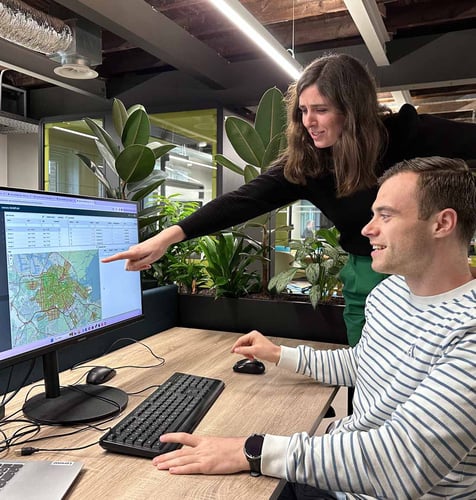
Launching in 5 weeks.
Implementation consultants Margot Albers and Sjoerd van Beijma successfully completed the implementation with the P1 team in just 5 weeks. “I was drawn to this implementation by the challenging process and the introduction of new elements,” Margot explains. "Having a clear deadline and access to high-quality data quickly added to our excitement."
Sjoerd managed the roster module, which supports the long-term planning of employees. The scheduled staff are then inputted into the planning module and deployed based on their skills and availability, a task handled by Margot. "We were able to quickly coordinate and ensure a smooth integration. We then collaborated on setting up the route module, with Sjoerd focusing on the optimizer."
The icing on the cake was training the users: the team leads of the BOAs. Witnessing their enthusiasm for the platform and willingness to generate and plan routes differently moving forward is truly energizing.
Is there no more potential for improvement?
Of course, there is. While the foundation is laid, we are now exploring additional interfaces to implement, such as one with the back-office application to receive even more accurate data on payment willingness.

